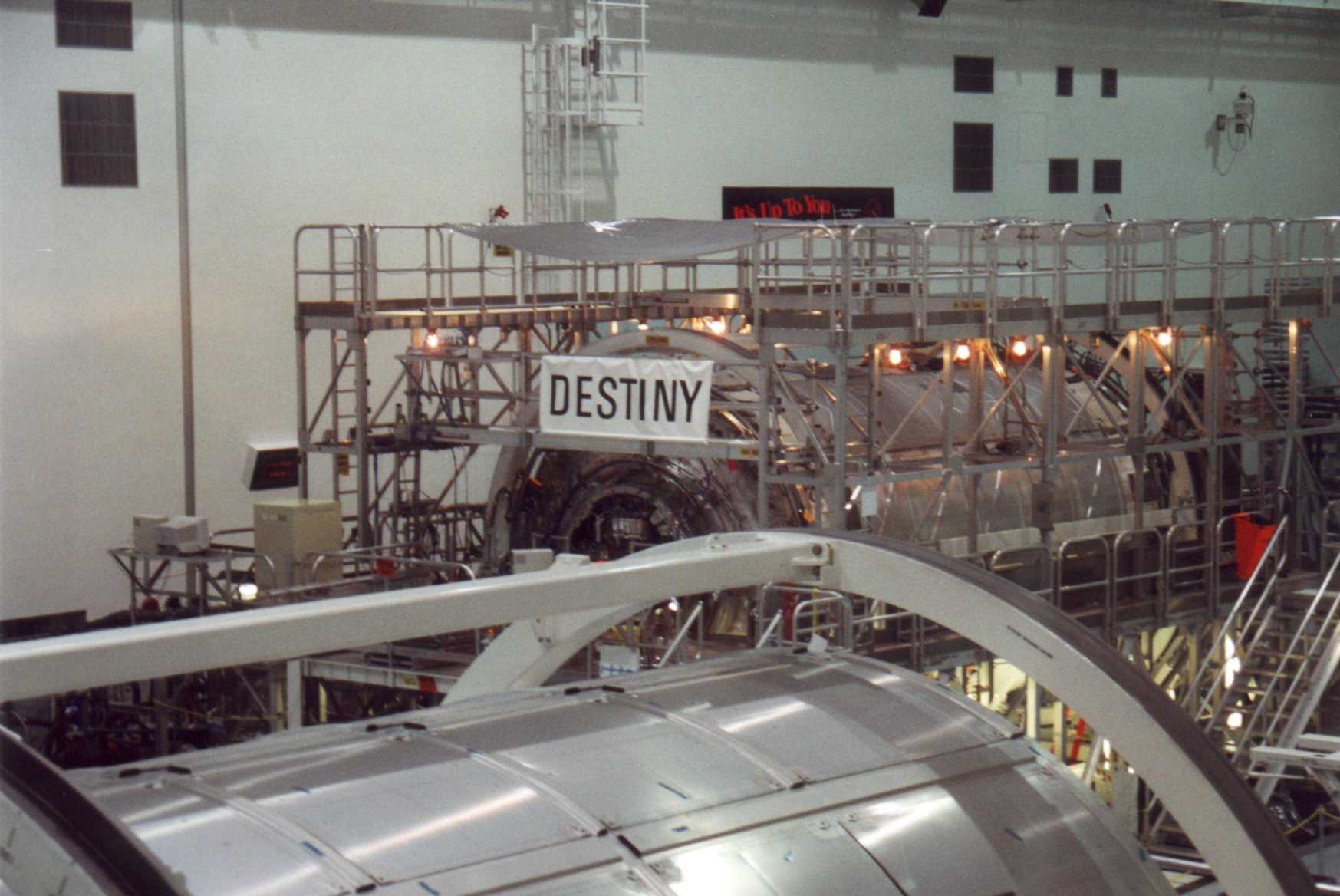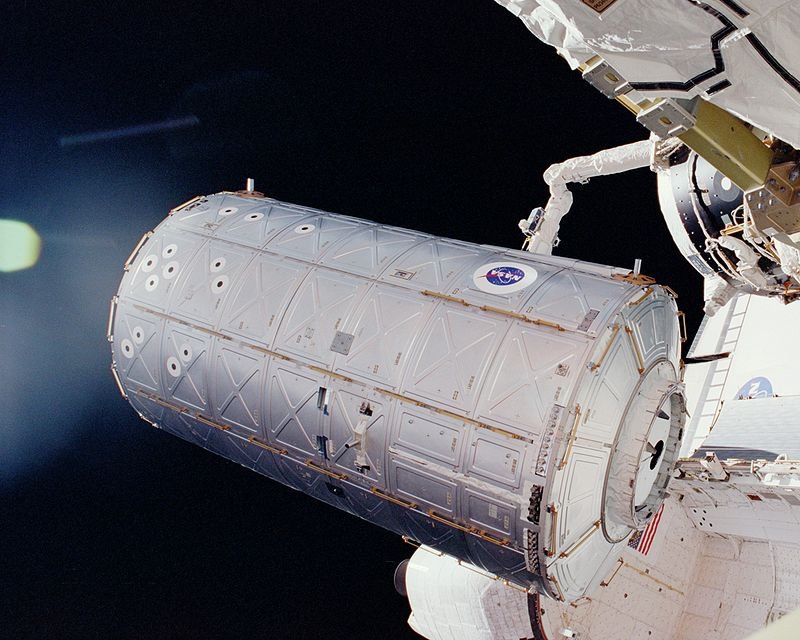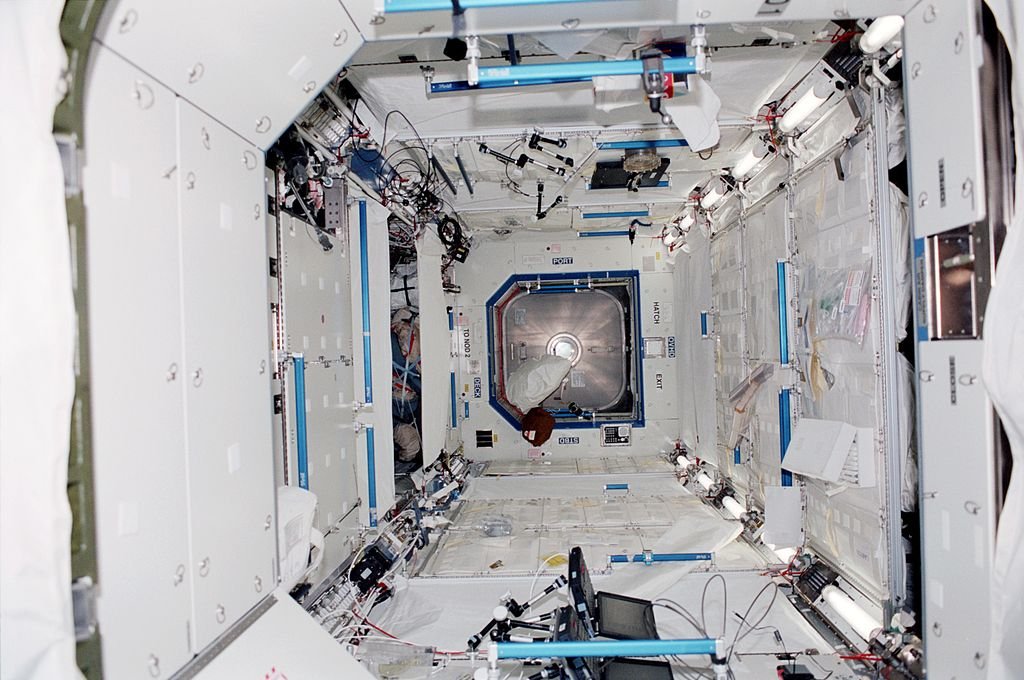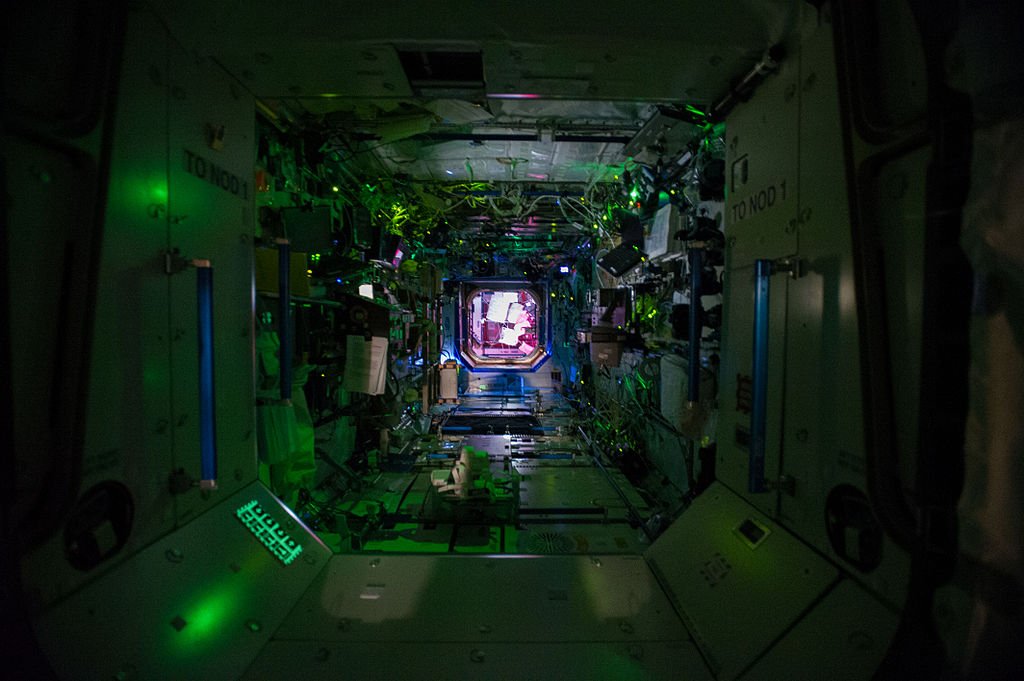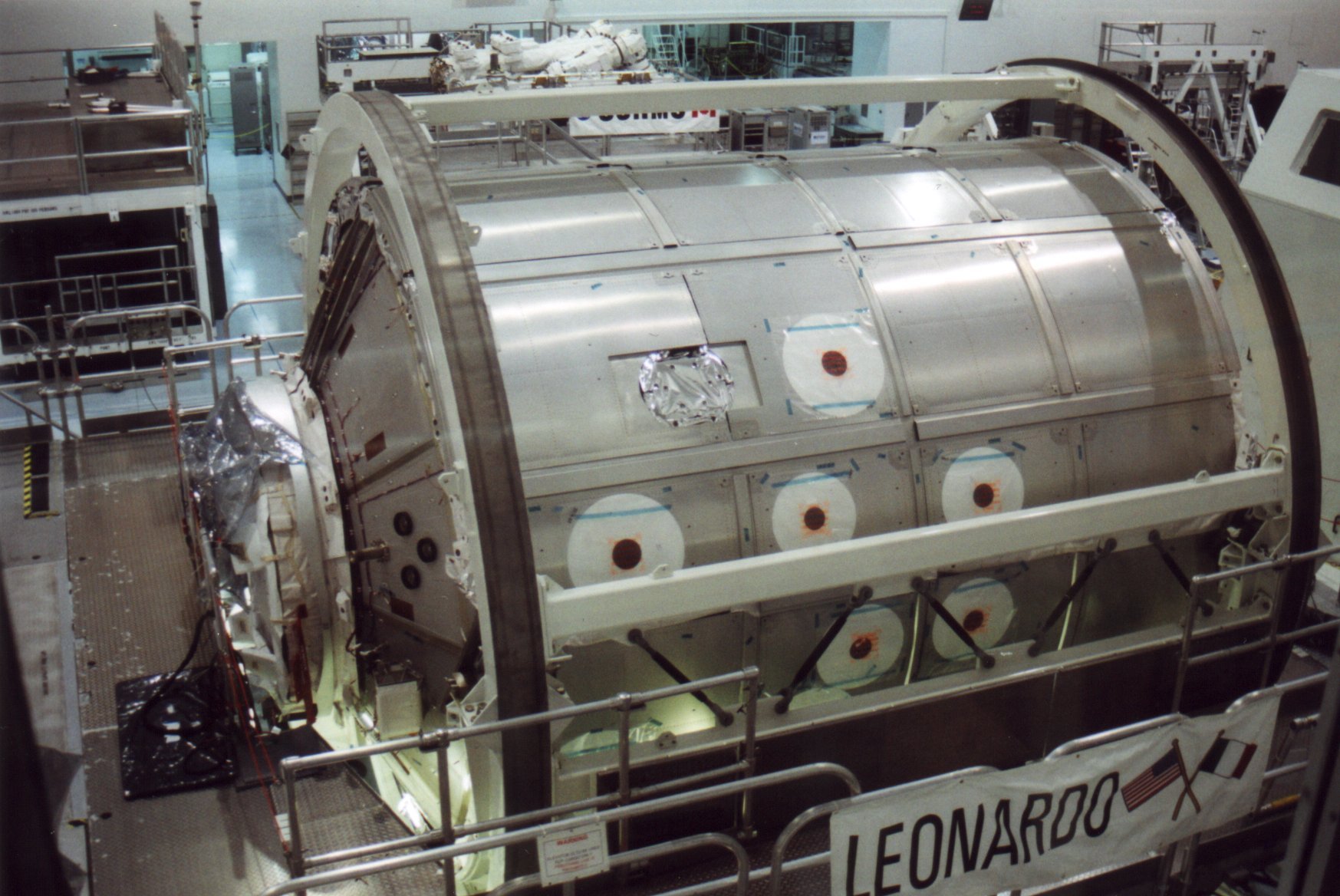https://dai.ly/x7uhh9i
The launch of Space Shuttle Atlantis (STS-98) as seen from near Cocoa Beach on February 7th, 2001. This was one of the many ISS assembly flights. This particular one features the Destiny module which is the U.S. laboratory portion of the station. At the time it was added, it increased the habitable area by 41%. Some interesting statistics and facts about this mission:
- Mission: International Space Station Assembly Flight 5A
- Space Shuttle: Atlantis
- Launch Pad: 39A
- Launched: February 7, 2001, 6:13:02 p.m. EST
- Landing Site: Edwards Air Force Base, Calif.
- Landing: February 20, 2001, 3:33 p.m. EST
- Runway: 22
- Rollout Time: 57 seconds
- Revolution: 203
- Mission Duration: 12 days, 20 hours, 20 minutes and 4 seconds
- Miles Traveled: 5.3 million
- Crew:
- Kenneth D. Cockrell, Commander
- Mark L. Polansky, Pilot
- Robert L. Curbeam, Mission Specialist
- Thomas D. Jones, Mission Specialist
- Marsha S. Ivins, Mission Specialist
- Payload: 7th Space Station Assembly Flight ISS-07-5A (US Lab), ORU, PDGF
More info:
https://science.ksc.nasa.gov/shuttle/missions/sts-98/mission-sts-98.html
View on Daily Motion
View on LBRY
View on 3Speak

